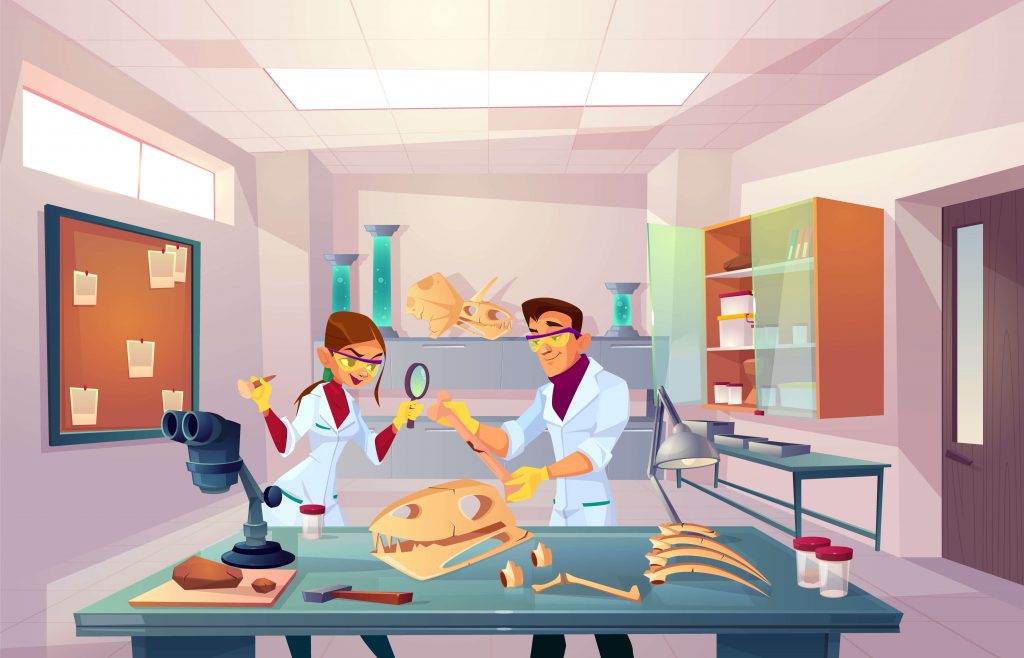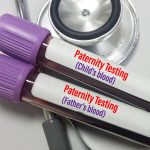What are the Ways to Get DNA Evidence?
DNA, or deoxyribonucleic acid, is the most critical component of all living creatures’ genetic composition. In this article, we will see DNA evidence in humans.
Collection of Evidence-Based on DNA:
Even if they were not engaged in the actual crime, items discovered at a crime scene might be a source of DNA evidence. Because each human’s DNA is entirely incident has become a potent weapon in solving potentiation in law enforcement (except for identical twins).
DNA sample
A DNA sample collects deoxyribonucleic acid from an individual (or several individuals) using a sterile swab and correct collection techniques in DNA test Clinics.
A sample of DNA may be used for everything from identifying human remains to arresting criminals and forgiving those who have been unfairly condemned. It has since become an essential act for police investigations. Biological evidence, like blood, and physical evidence, such as a weapon, might potentially generate DNA samples that provide insight into the case at a crime scene. While blood or a weapon is apparent, DNA can be undetectable to human sight. For these reasons, crime scene investigators have made it standard practice to extensively investigate and collect as much information as possible from the crime scene.
How to Use a Swab to Collect DNA Evidence
A swab can be used to acquire a sample from a crime scene with an obvious source of DNA (blood, urine, saliva, and pieces on steering wheels, for example).
- Place the swab’s tip on the surface and gently rotate it to allow any DNA to sink into the fibers.
- Place the swab tip-first into the appropriate container and label to allow the sample to air dry. Until you return to the lab, keep the selection refrigerated.
Contamination of DNA Evidence and How to Avoid It
To minimize the possibility of corrupting any evidence, investigators and lab workers should wear the appropriate personal protective equipment, use clean tools, and avoid touching other items when handling all biological evidence for DNA testing.
Before placing evidence in an evidence bag or envelope, it should be left to air dry. Even after correctly collecting and storing DNA, it is critical to realize that it can be readily destroyed. Improper storage, direct sunlight exposure, or too warm can cause DNA damage. Keep gathered evidence dry and cold to avoid deterioration and get it to the lab as quickly as possible.
What Kinds of DNA Sources Can You Swab?
You may quickly swab for DNA from a variety of popular sources. DNA may be extracted from several different surfaces and materials.
Swab frequently touched areas including computer keyboards, doorknobs, driving wheels, eyeglasses, and worktops.
Using a Central Database to Compare Profiles
CODIS has provided leads that have helped in about 170,000 investigations as of 2012. When a laboratory puts a case into CODIS, a weekly search of the DNA profiles in NDIS is performed, and any matches are automatically sent to the lab that provided the DNA profile. DNA profiles from the following people can be found in the NDIS databases:
- Missing Persons – includes DNA reference profiles of people who have gone missing.
- Biological Relatives of Missing Persons – includes DNA profiles freely provided by missing persons’ relatives.
- Unidentified Humans (Remains) – this section provides DNA profiles derived from unidentified human remains.
DNA: The Most Convincing Proof
Even the most skilled crime scene detectives might come up with DNA that has been tampered with. This occurs when one or more environmental elements, including temperature, sun exposure, germs, mold, and weather, have already influenced DNA from urine samples at the crime scene before collection. Even if one or more of these elements appear to have tainted a crime scene, it’s still critical to follow correct DNA collection protocols to optimize the chances of retrieving useable evidence.
Thanks to modern technologies, it is now more possible than ever to solve crimes using DNA evidence in humans acquired from crime scenes. When appropriate DNA collection, handling, packaging. And transport are combined with high-tech laboratory forensics, strong evidence that will stand up in court may be produced. If processes are maintained, almost unnoticeable data such as keratinocytes and spit could be the secret to investigating a murder.



















